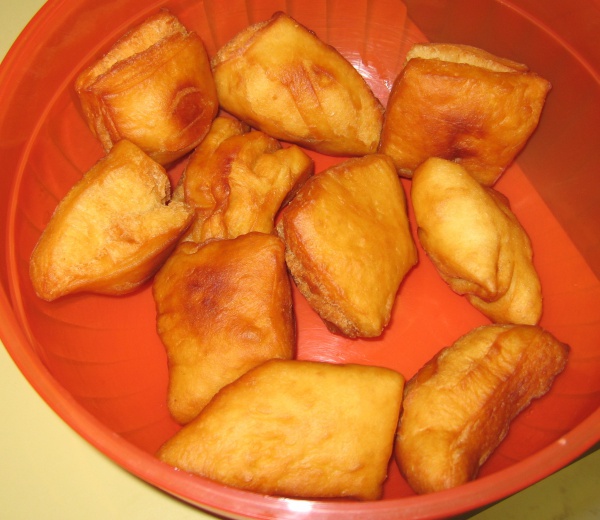Facts About Boortsog
Boortsog, also known as baursak or bawïrsaq, is a beloved fried dough delicacy popular in Central Asia, Idel-Ural, Mongolia, and the Middle East. This delightful snack can be molded into triangles or spheres and is crafted from a straightforward blend of flour, yeast, milk, eggs, margarine, salt, sugar, and fat. One distinctive feature in Tajikistan is adding a crisscross pattern to the dough before frying.
Typically enjoyed as a dessert, boortsog pairs wonderfully with sugar, butter, jam, or honey, earning it comparisons to cookies, biscuits, and even doughnuts. In some cultures, like those of the Mongolians and Turkic peoples, it is customary to dip boortsog in tea. In Central Asia, baursak (another name for boortsog) is often served with chorba, a traditional soup.
The recipe for boortsog can vary widely, from a simple dough to a sweeter, crispier version. Ingredients might include butter, salted water, milk, eggs, sugar, and even kaymak, a creamy dairy product. The dough is typically cut into pieces and sometimes tied into knots before being deep-fried until golden brown. While traditional recipes call for mutton fat to enhance the flavor, vegetable oil is also a common substitute.
Boortsog has even made its mark in the record books! In Ufa, Russia, the largest baursak ever made weighed an impressive 179 kg. Meanwhile, in Almaty, Kazakhstan, an astounding 856 kilograms of baursaks were prepared in one day during a Mother's Day celebration, featuring a fun culinary competition between teams of mothers-in-law and daughters-in-law.
Treasured for its delicious taste and versatility, boortsog is a cherished snack or dessert across many cultures. Whether enjoyed plain, with a sweet topping, or dipped in tea, it is undoubtedly a treat that promises delight.

 Kyrgyzstan
Kyrgyzstan